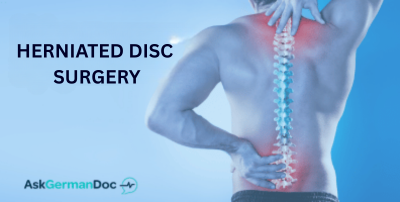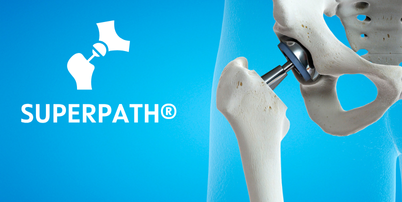Orthopedic and trauma surgeries address a wide range of musculoskeletal injuries and disorders, aiming to restore functionality, relieve pain, and prevent further complications. Advances in Germany include minimally invasive arthroscopy, robotic-assisted procedures, 3D-printed implants, and biologic enhancements like stem cell therapy — all enhancing precision and patient recovery. With interdisciplinary teams and evidence-based practice, these modern techniques offer safe and personalized outcomes.
Types of Orthopedic and Trauma Operations
Operations in orthopedics and traumatology can vary widely, depending on the injury, treatment goal, and method used. Patients now benefit from innovative approaches like stem cell injections or growth factor therapy, which accelerate healing — a major advantage for athletes and active individuals. Additionally, robotic-assisted surgery and 3D-printed implant guides significantly improve implant accuracy and reduce rehabilitation time. Sources: American Academy of Orthopaedic Surgeons (AAOS), DGOU Germany
Arthroscopic Surgery
Arthroscopy is a minimally invasive procedure performed via small incisions using endoscopic tools to diagnose and treat joint conditions. Thanks to recent innovations, it now allows ligament repair, cartilage reconstruction, and treatment of even small joints. In many cases, surgeons diagnose and treat issues in one session — reducing cost and recovery time. Furthermore, 3D pre-operative planning gives surgeons a detailed view of joint anatomy, reducing complication rates.
Indications: Torn ligaments or tendons, cartilage damage, arthritis or arthrosis diagnosis/treatment, presence of loose bodies in joint (e.g., bone fragments)
Contraindications: Purulent joint infection, decompensated systemic diseases (e.g., uncontrolled diabetes, severe heart failure)
Osteosynthesis (Metal Fixation)
Osteosynthesis stabilizes bone fractures using metal implants such as rods, plates, and screws. Key techniques include intramedullary nailing, extramedullary plating, and external fixators. Modern materials like titanium and nanotech enhancements support bone integration and speed healing by promoting tissue contact at the cellular level. Sources: DGOU, AAOS
Indications: Open or closed fractures, post-traumatic bone instability
Contraindications:Infection at surgical site, severely compromised patient condition
Bone and Tissue Transplantation
In orthopedics, transplantation refers to replacing damaged tissue with either autografts, allografts, or synthetic implants.
Autografts (patient’s own tissue): Tissues from the patient — such as bone or ligaments — reduce rejection risk. Advanced tissue engineering and 3D‑printed grafts now offer personalized, regenerative solutions. Indications: Cruciate ligament reconstruction, bone defect repair Contraindications: Insufficient donor tissue, active systemic infection
Allografts & Synthetic Implants: Used for extensive bone loss; modern implants often include bioactive coatings to support integration. Indications: Large bone defects, post-tumor resections Contraindications: Immunological incompatibility, infected transplant site
Why a Second Opinion Is Essential
Before undergoing any orthopedic or trauma surgery, an independent second opinion offers vital reassurance. Platforms like AskGermanDoc connect you with German specialists who review your case, imaging, and tests — reducing unnecessary or overly invasive procedures.
How It Works:
- Upload medical records and imaging
- Describe your condition and questions
- Receive a written, detailed second opinion
Benefits: - Validates diagnosis - Explores alternative, less invasive treatments - Prevents avoidable surgical interventions
Example: A patient pre-approved for knee replacement received conservative therapy recommendations after German expert review.
Digital Tools & Multidisciplinary Rehabilitation
Telemedicine apps, remote monitoring, and 3D-therapy planning are key in modern German orthopedic care. Post-surgery recovery is supported by teams of surgeons, physiotherapists, nutritionists, and rehab specialists. Mobile apps enable symptom tracking and personalized exercise plans, boosting patient engagement and compliance.
Disclaimer This article is for informational purposes only and does not substitute professional medical advice. It is HWG-compliant. For personalized guidance, consult a licensed healthcare provider or ask for a second opinion from AskGermanDoc. The platform facilitates video consultations and document reviews with certified German physicians but does not provide direct treatment.
Sources:
-
American Academy of Orthopaedic Surgeons (AAOS) – Surgical Techniques
-
Deutsche Gesellschaft für Orthopädie und Unfallchirurgie (DGOU) – Standards & Innovations
-
Mayo Clinic – Arthroscopy & Fracture Repair overviews
-
DGOU Guidelines on bone transplantation
-
AskGermanDoc case references, 2024


